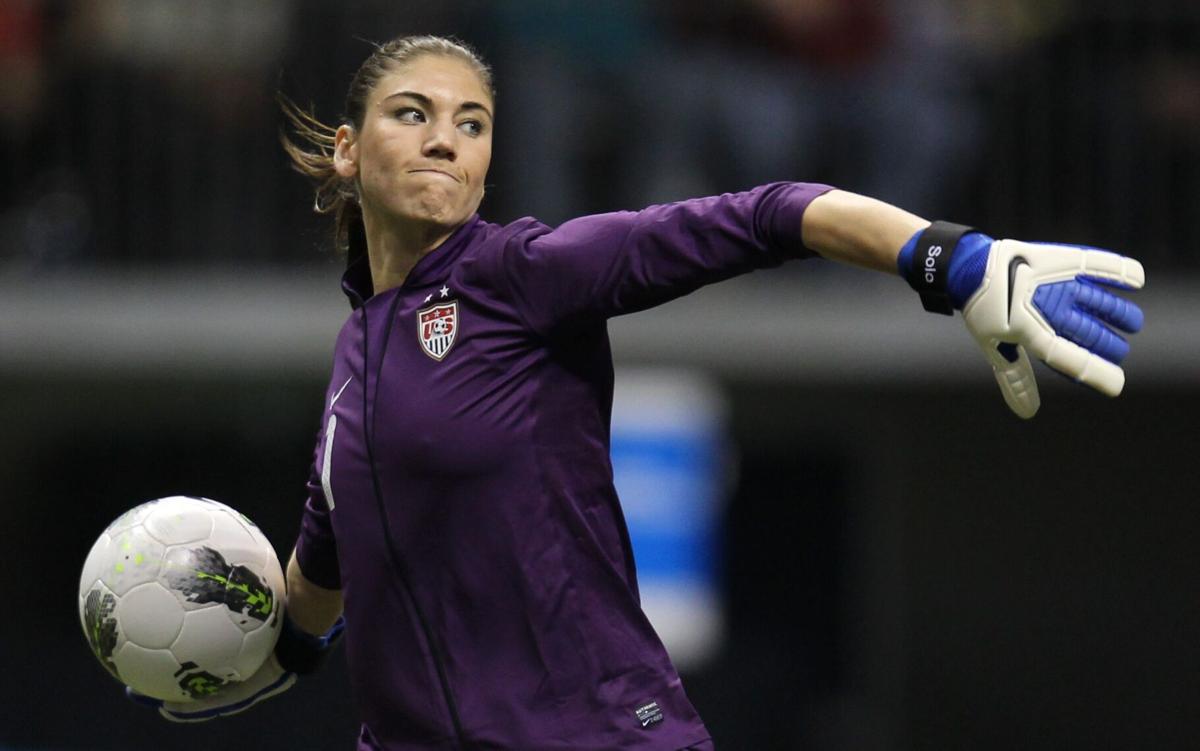
While there are plenty of reasons for the lack of media coverage, three of the most common factors contribute to a lack of women's sports. Men's sports tend to be dominant and under-funded. This, along with a lackluster presence in the media make it a serious problem that women are not represented in sport. These issues can be countered by the media doing a better job in covering women's sporting events.
A lack of consistency
According to the study, almost 80 percent do not include stories about women in sports. Even those that include stories are usually shorter and sometimes overshadowed in part by stories about male sports. The study was completed before the COVID-19 pandemic. However, coverage of women's sporting events has increased. It also cites recent investments made by ESPN to air WNBA games.
Funding insufficient
Despite the fact the NCAA has taken steps to ensure equal funding for all sports teams, these improvements are still not sufficient. First, the NCAA does not have a staggered system and broadcasts of games do not occur simultaneously. Another problem is that women are still underrepresented in coaching positions. It has been a problem for decades and it still is today. Although the changes are welcome, they are a step in a positive direction.
Men's sports dominance
Media coverage of women's sports is overwhelmingly dominated by men. Although asymmetry in gender marks can elevate the story of one women's team or sport, it doesn't necessarily mean that coverage will be greater for other women's sports. Asymmetric gender mark often mixes with local parochialism or obscures the success of the local men's sports team.
Lack of role models
Although the media has become the main source information for younger generations now, female athletes are very rarely represented. This creates a shortage of role models to young girls. A lack of role models in the media can lead to gender stereotypes being perpetuated. These are just a few ways media outlets could improve the representation of female athletes and increase their viewership. This is a starting point.
Investments not being made
The studies that focus on gender inequality in sport investments are rare and often not distributed. Few studies have examined why managers spend more money on men's sporting events than they do women's. And sponsorship spending has become more strategic. What is the question? Let's explore the issue. Tokenism has long been a problem in women's sports. Major brands see their investment in women's sports as a PR stunt.